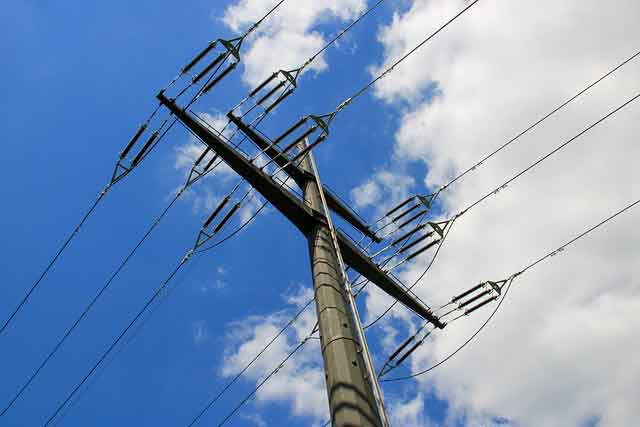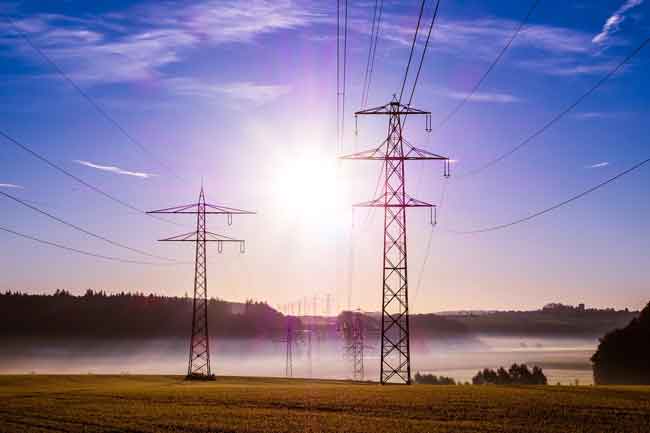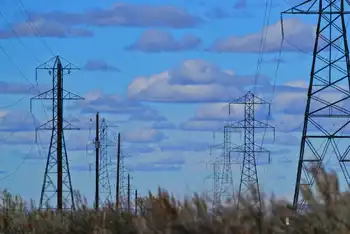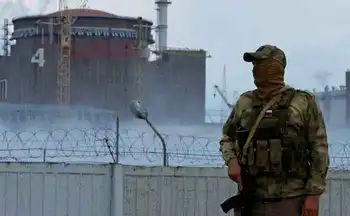DP Energy Sells 325MW Solar Park to Medicine Hat
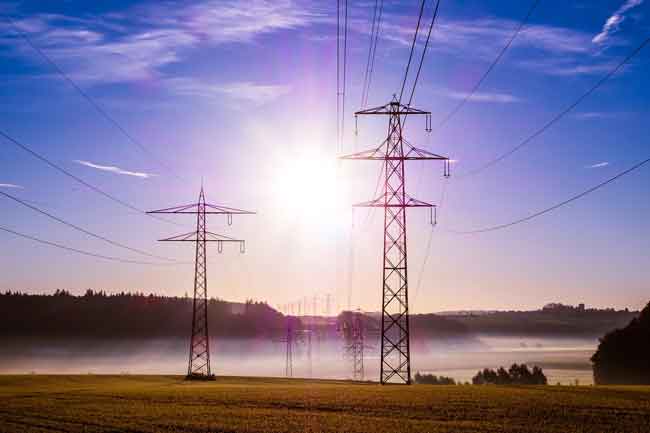
Arc Flash Training CSA Z462 - Electrical Safety Essentials
Our customized live online or in‑person group training can be delivered to your staff at your location.

- Live Online
- 6 hours Instructor-led
- Group Training Available
Saamis Solar Park advances Medicine Hat's renewable energy strategy, as DP Energy secures AUC approval for North America's largest urban solar, repurposing contaminated land; capacity phased from 325 MW toward an initial 75 MW.
Key Points
A 325 MW solar project in Medicine Hat, Alberta, repurposing contaminated land; phased to 75 MW under city ownership.
✅ City acquisition scales capacity to 75 MW in phased build
✅ AUC approval enables construction and grid integration
✅ Reuses phosphogypsum-impacted land near fertilizer plant
DP Energy, an Irish renewable energy developer, has finalized the sale of the Saamis Solar Park—a 325 megawatt (MW) solar project—to the City of Medicine Hat in Alberta, Canada. This transaction marks the development of North America's largest urban solar initiative, while mirroring other Canadian clean-energy deals such as Canadian Solar project sales that signal market depth.
Project Development and Approval
DP Energy secured development rights for the Saamis Solar Park in 2017 and obtained a development permit in 2021. In 2024, the Alberta Utilities Commission (AUC) granted approval for construction and operation, reflecting Alberta's solar growth trends in recent years, paving the way for the project's advancement.
Strategic Acquisition by Medicine Hat
The City of Medicine Hat's acquisition of the Saamis Solar Park aligns with its commitment to enhancing renewable energy infrastructure. Initially, the project was slated for a 325 MW capacity, which would significantly bolster the city's energy supply. However, the city has proposed scaling the project to a 75 MW capacity, focusing on a phased development approach, and doing so amid challenges with solar expansion in Alberta that influence siting and timing. This adjustment aims to align the project's scale with the city's current energy needs and strategic objectives.
Utilization of Contaminated Land
An innovative aspect of the Saamis Solar Park is its location on a 1,600-acre site previously affected by industrial activity. The land, near Medicine Hat's fertilizer plant, was previously compromised by phosphogypsum—a byproduct of fertilizer production. DP Energy's decision to develop the solar park on this site exemplifies a productive reuse of contaminated land, transforming it into a source of clean energy.
Benefits to Medicine Hat
The development of the Saamis Solar Park is poised to deliver multiple benefits to Medicine Hat:
-
Energy Supply Enhancement: The project will augment the city's energy grid, much like municipal solar projects that provide local power, providing a substantial portion of its electricity needs.
-
Economic Advantages: The city anticipates financial savings by reducing carbon tax liabilities, as lower-cost solar contracts have shown competitiveness, through the generation of renewable energy.
-
Environmental Impact: By investing in renewable energy, Medicine Hat aims to reduce its carbon footprint and contribute to global sustainability efforts.
DP Energy's Ongoing Commitment
Despite the sale, DP Energy maintains a strong presence in Canada, where Indigenous-led generation is expanding, with a diverse portfolio of renewable energy projects, including solar, onshore wind, storage, and offshore wind initiatives. The company continues to focus on sustainable development practices, striving to minimize environmental impact while maximizing energy production efficiency.
The transfer of the Saamis Solar Park to the City of Medicine Hat represents a significant milestone in renewable energy development. It showcases effective land reutilization, strategic urban planning, and a shared commitment to sustainable energy solutions, aligning with federal green electricity procurement that reinforces market demand. This project not only enhances the city's energy infrastructure but also sets a precedent for integrating large-scale renewable energy projects within urban environments.







